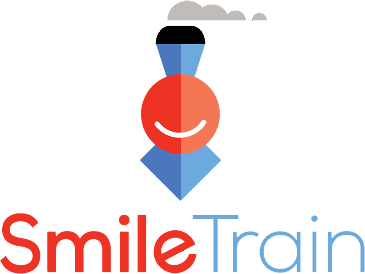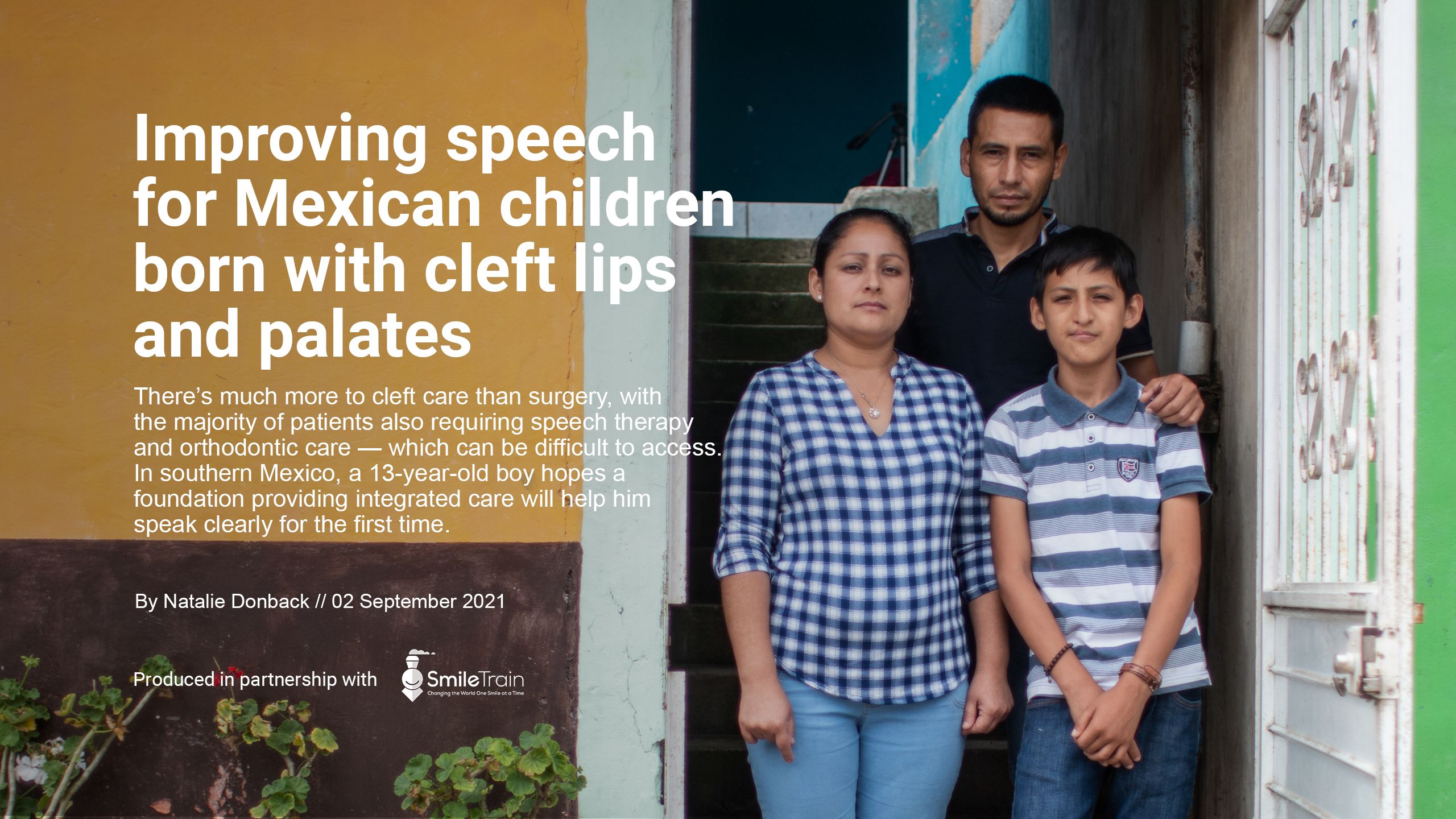
13-year-old Cristian Castro Zenteno was born with a cleft lip and palate in a remote village in the south of Mexico. While he's already had two surgeries, he's still unable to speak clearly like other boys his age. The treatment he received from a short-term medical mission didn’t provide the comprehensive care he needed — including speech therapy — to ensure a good result.
It’s estimated that nine children are born with cleft lips and palates in Mexico each day — roughly 3,500 every year. Despite the life-threatening risks it poses to a child and their development, nutrition, and speech, some 1,500 of these children don’t receive any care.
Living in Chiapas, a southern Mexican state bordering Guatemala, Cristian and his family travel the 100 km separating his small village, called Luis Espinoza, from the regional capital Tuxtla Gutiérrez to visit the foundation La Fuerza De Mi Sonrisa, or “The Strength Of My Smile.” The trip from the village takes around three hours each way and the family often has to walk for 40 minutes to reach the nearest town with public transport.

But it’s worth it. According to his father Cilas Castro Lopez: “The service at the foundation is much better and more focused on the children. It’s not just about the surgery but they also do [speech] therapy with them. Cristian’s results would have been much better if we had initiated treatment there,” he said.
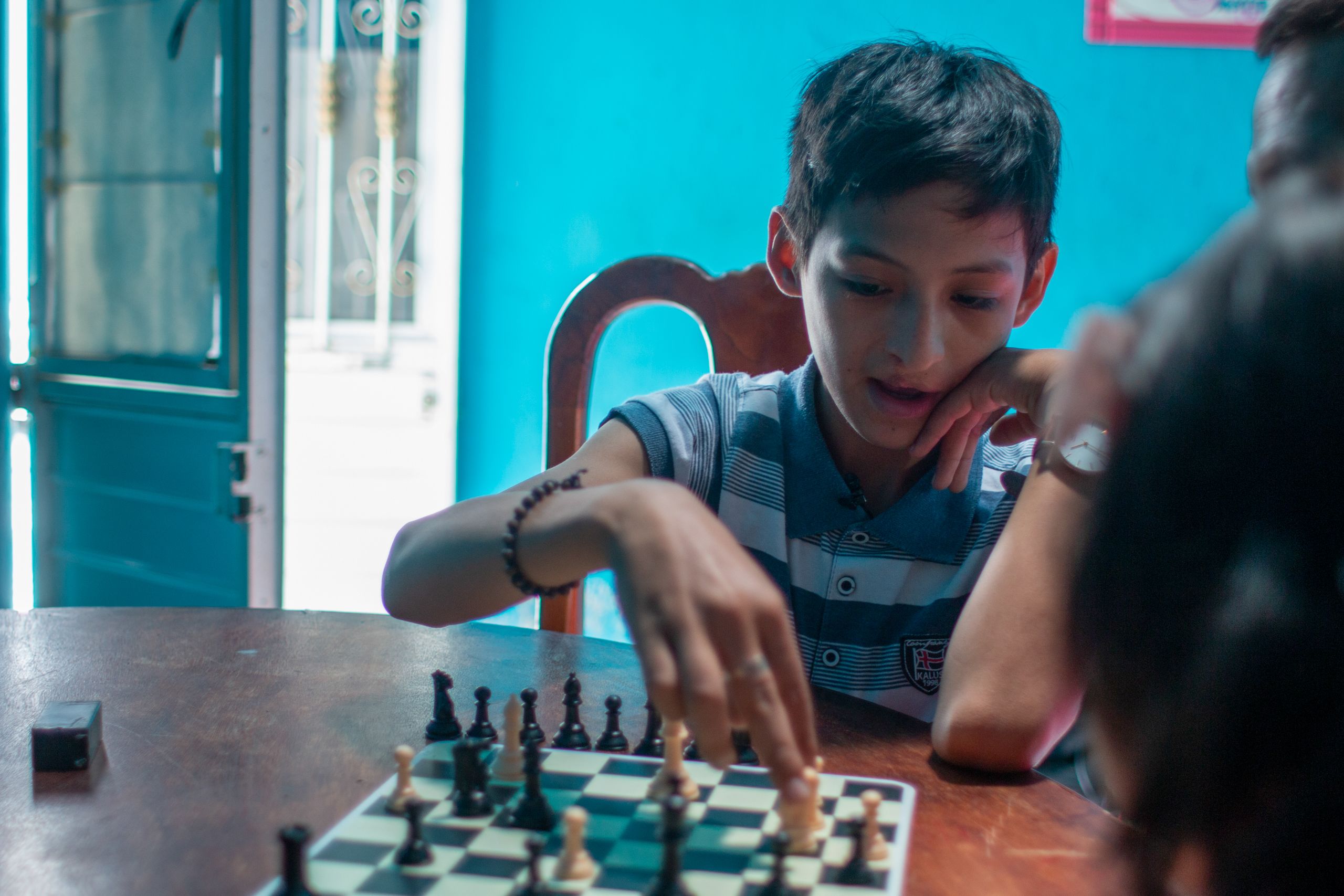
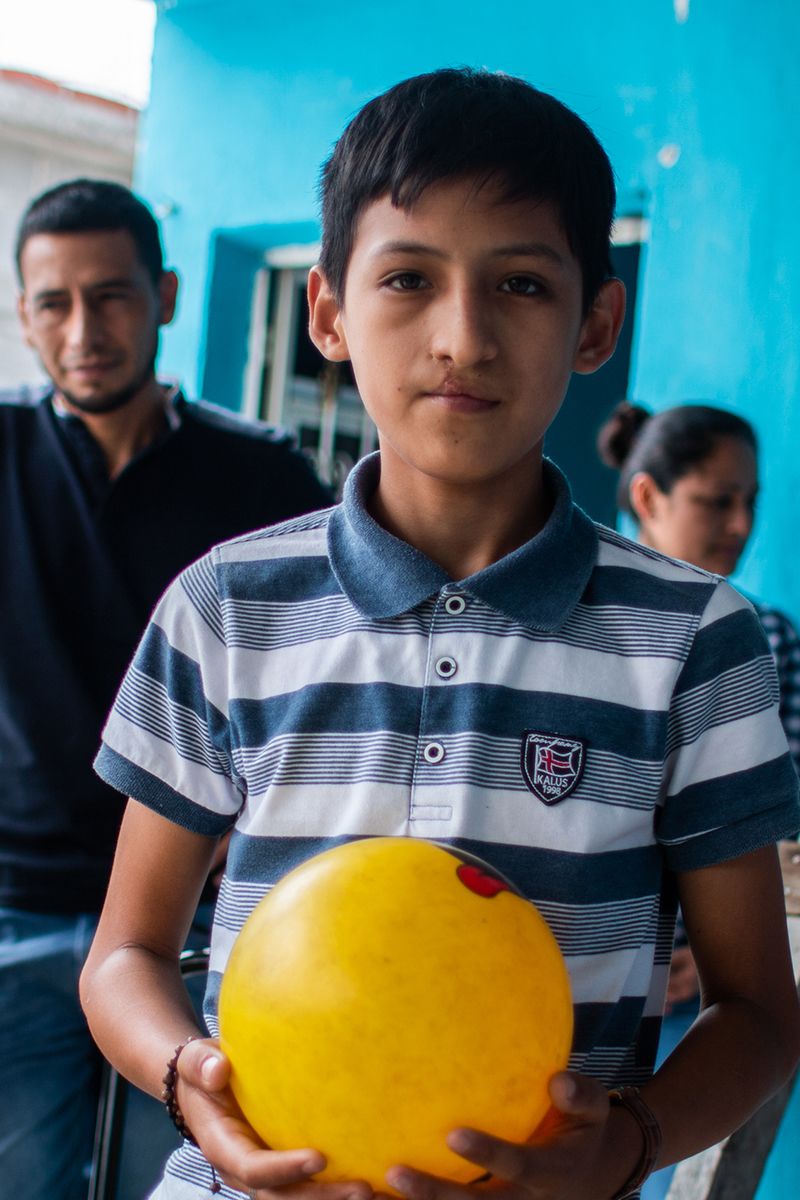
Cristian at home with his parents, Cilas and Ada.
Cristian at home with his parents, Cilas and Ada.
Cristian had his first lip surgery as a baby in a government hospital covered by the national health insurance. “As a baby, he cried a lot and couldn’t be left alone,” said his mother Ada Zenteno Castellanos, who had to tend to her son at all times.

Cristian at home with his parents, Cilas and Ada.
However, the family’s insurance coverage changed and at the age of 3, he was brought to a surgical medical mission on an annual visit to a nearby town, for his palate surgery. But it didn’t go as planned and his palate opened up again, leaving him with a lot of scar tissue — affecting his ability to speak clearly.
While the COVID-19 pandemic has delayed Cristian’s third — and hopefully last — surgery at the foundation, the family hopes it will improve his speech, together with the weekly online speech therapy sessions.
The foundation is one of the 1,100 partners supported by Smile Train, an NGO providing free cleft surgery and comprehensive care through partner hospitals and locally trained medical staff.
“There’s much more to cleft care than surgery — and it requires a multidisciplinary team to ensure the desired outcomes.”
— Dr. Juan Cuellar, plastic surgeon and head of La Fuerza De Mi Sonrisa

The mission model

Mexico has a long history of both national and international short-term medical missions performing cleft surgeries on children. Since the 1960s, many of Mexico’s cleft patients have relied on these mission groups who traveled, detected, and treated patients in their hometowns.
Even if surgery was done correctly by one of the missions, the lack of proper follow-up and comprehensive care means patients can develop facial growth problems, difficulties with their speech, and other health problems, explained Andrea Anaya, program manager at Smile Train in Central America. “The government health system tries its best, but it usually does not have the capacity — including funds, equipment, and staff — to take care of all the complications left behind,” she said.
A study from 2018 showed that 34.6% of Mexican cleft surgeons surveyed had direct experience with patients operated on by visiting surgeons and that 53.6% of them had performed corrective surgery because of complications from these visiting surgeons.
The missions have left many cleft patients — including Cristian — with bad outcomes and slurred speech, explains Dr. Juan Cuellar, the plastic surgeon treating Christian and the head of La Fuerza De Mi Sonrisa.
“The results of the missions are truly very sad for two reasons. One, the results are very bad, the complications very severe — sometimes including a total loss of the palate — and secondly, they just don’t provide integral care,” said Cuellar.
Patients who get surgery with one of the missions normally don’t receive orthodontic care, speech therapy, or the follow-up needed to ensure a good recovery. “The missions only close the openings [in a child’s palate] without any other type of necessary treatment,” he added.

The importance of integrated care

There’s much more to cleft care than surgery — and it requires a multidisciplinary team to ensure the desired outcomes. Before surgery, Cuellar’s team ensures children are in optimal condition for the surgery based on their weight, general health, and the results of their blood work. After surgery, it’s important that children have access to continuous follow-up until they’re 18 years old, he says.
Cindy Zambrano Velasco's daughter, Gianna, struggled to eat due to her cleft lip and palate.
Because of the stigma associated with the condition — including children or mothers being labeled as wicked or cursed — many parents choose to have surgery done as quickly as possible. “There’s no paperwork required at the missions ... they call the child’s name and tell them to proceed [to surgery],” explains Cuellar.
Many children, including Cristian, depend on local surgeons such as Cuellar to correct previous surgeries performed by the missions. “When you hear him speak you understand that as a patient he hasn’t had anything — no speech therapy or follow up,” said Cuellar, adding that “now that he's with us, the most urgent thing will be to improve his speech, and then to correct his lip which clearly didn’t turn out well; the aesthetic result is pretty bad.”
The link between speech and development

The pandemic has also hindered surgeries taking place on babies during the recommended age of eight to 14 months, something that can have negative consequences on their speech and development, said Dr. José Maya Behar, plastic surgeon and president of the Smile Train partner center SUMA in Mexico City. Being able to speak clearly and make themselves understood is crucial for children’s development and affects their self-esteem, explained Behar.
Dr. José Maya Behar, plastic surgeon and president of the Smile Train partner center SUMA in Mexico City, explains how the multidisciplinary team at the center provide treatment for cleft patients.
A 2017 U.K. study compared the academic achievements between 5-year-old children with and without oral clefts, found those with the condition to be significantly below the national average across all areas of learning. The differences were small for children with only a cleft lip but considerably larger for those with clefts involving the palate, of which 47.6% had special education needs.

Dr. José Maya Behar speaks with a patient at the Smile Train partner center SUMA in Mexico City.
Dr. José Maya Behar speaks with a patient at the Smile Train partner center SUMA in Mexico City.
The condition makes it difficult to pronounce certain sounds, for example, pressure consonants such as “P,” “B,” and “D.”
Myriam Angélica Villagrán Fuentes — who attends the SUMA center with her 6-year-old grandson Felix Mateo — hopes that the surgery and speech therapy will help him “become a person who can communicate well with other people. The physical aspect isn’t the most important, it’s that his development will be good and that he’ll be able to speak well,” she said, adding that he was able to pronounce “mama” for the first time directly after his surgery.
Empowering local surgeons

At the core of the model followed by SUMA and other Smile Train partners is empowering local, multidisciplinary teams — including in states like Chiapas — to ensure they can offer comprehensive, year-round care. The pandemic has only strengthened the case for this model.
“We need to get rid of the colonialism that first happened with the missions — which could have been good but turned out to be a disaster — because it never allowed places to become independent,” Behar said. Instead, he advocates for a model where local plastic surgeons, speech therapists, and orthodontists are empowered and trained to provide comprehensive care to patients, even in the context of the current COVID-19 pandemic with associated restrictions on travel.
Cuellar was the first plastic surgeon in the state of Chiapas and has been performing cleft surgeries there since 1983 — a profession he’s passed on to his son who practices in Mexico City. He explains that for him, it is really important to pass on his experience to build the capacity and technique of surgeons in other corners of the country.
“Surgeons can take part in these training sessions with people who have a lot of experience; that way, we can create many centers in the whole country, with really good quality, and most importantly, with really good results for the patients,” said Cuellar.
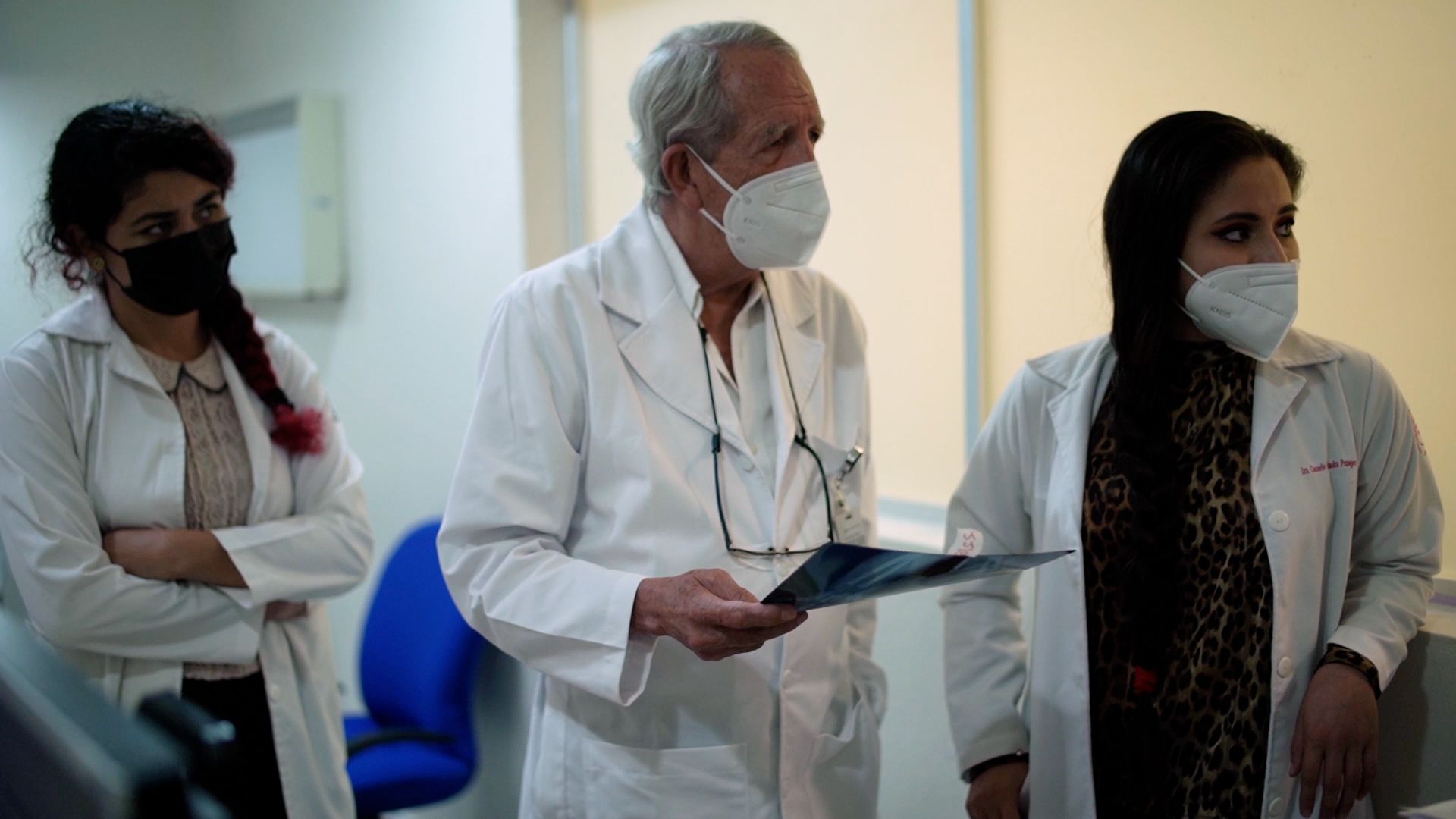
Credits:
Words: Natalie Donback
Additional reporting: Alberto Solalinde
Photos/video: Alberto Solalinde
Story editor: Richard Jones
Copy editor: Phoenix Beronio
Production coordinators: Natalie Donback / Naomi Mihara
Video editing: Judit Méndez
Multimedia producer: Naomi Mihara
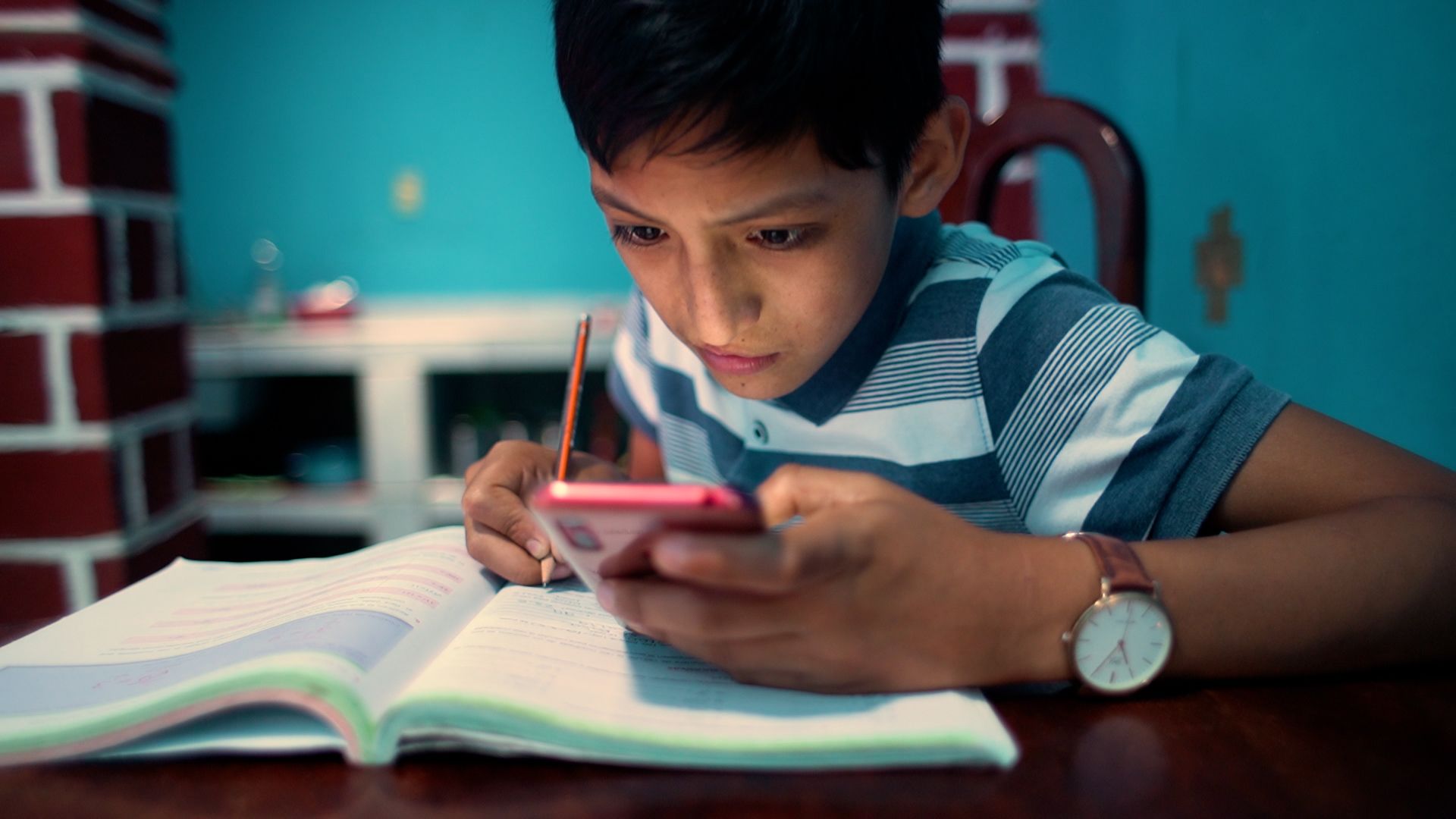
Produced in partnership with
This visual story is part of Devex's Building Back Health series, exploring how we can build back health systems that are more effective, equitable, and preventive.
Get the latest news from this content series in the daily must-read global development newsletter.



